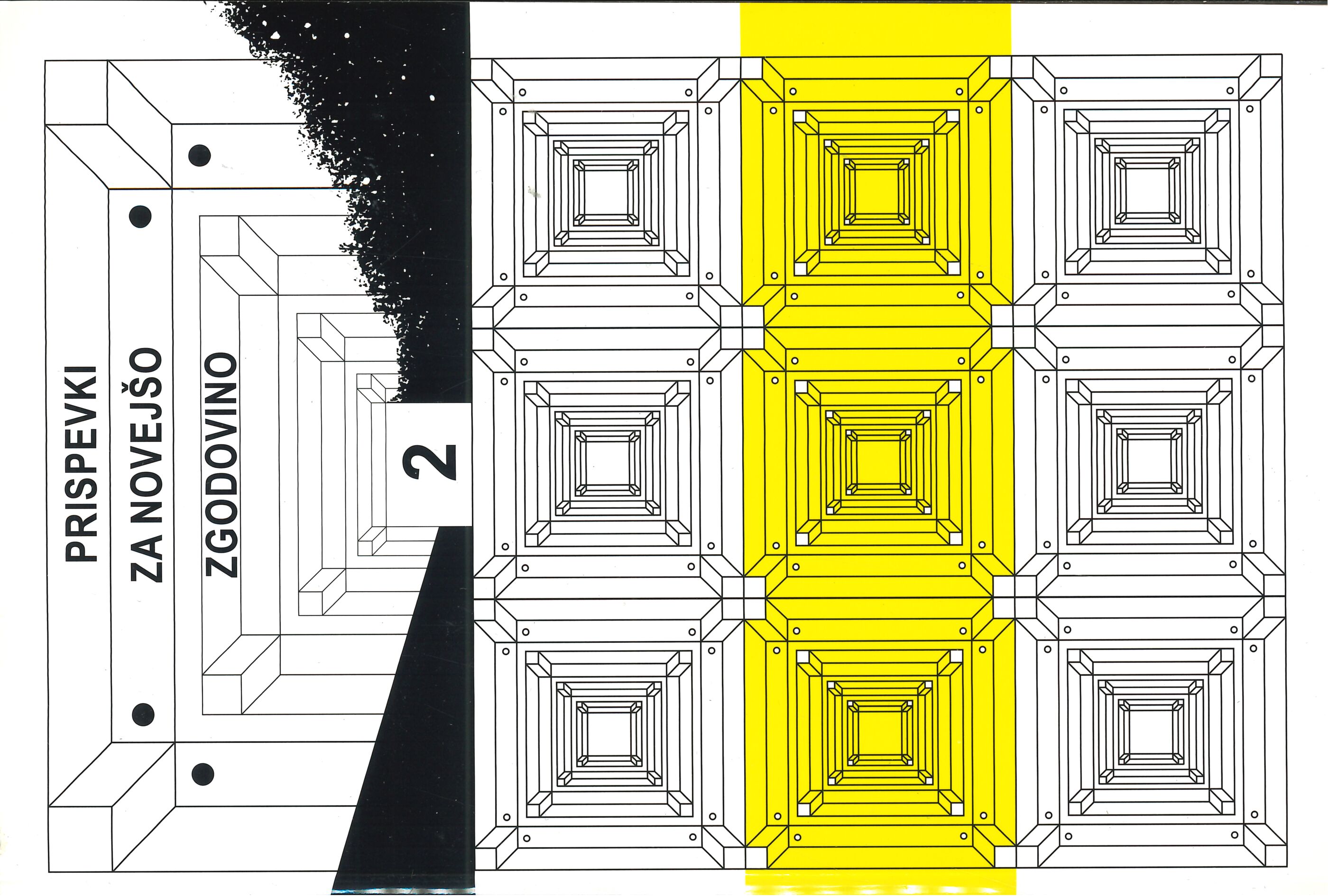ORJUNA in PAČ na poti v Trbovlje : K zgodovini fizičnega nasilja v političnem boju
Keywords:
Slovenia, Yugoslavia, politics, national issue, Yugoslavism, ORJUNA (Organization on Yugoslav Nationalists)Abstract
ORJUNA AND PROLETARIAN ACTION UNITS ON THE WAY TO TRBOVLJE ON THE HISTORY OF PHYSICAL VIOLENCE IN THE CONTEX OF POLITICAL STRUGGLE
The primary purpose of the article is to bring the attention to the dual nature of physical violence in the political struggle: it has general as well as particular characteristics. Physical violence always causes material damage and casualties, and it always results in irreversible damage: the consequences of physical violence can never be completely eliminated. On the other hand physical violence always takes place in historical contexts: it has its causes and effects, perpetrators and structure. The author analyses the ambivalence of the physical violence taking place during the political conflict between the Organisation of Yugoslav Nationalists (hereinafter Orjuna) with the communists in the 1920s. What is the difference between the discourses of violence in Orjuna and the Glas svobode publications? Both newspapers justified the violence of their adherents for defence purposes. Although both the supporters of Orjuna as well as communists argued in favour of violence for defensive purposes, they interpreted the concept of defence differently. Orjuna was an organisation for the »defence« of the Yugoslav nation. They used the concept of defence very broadly, as their »enemies« threatened the Yugoslav nation by their very existence. True defence may also involve offence. However, the discourse of violence in the communist newsletter had a completely different character. There the concept of »defence« was interpreted concretely, as defence from the »capitalist hordes« which kept attacking the workers and their organisations there and then. For the communists physical violence merely represented one of the methods of the proletarian struggle that had to be resorted to in accordance with the »true« interests of the working class. The paradoxical difference between the general characteristics of violence (violence is always the same: it brings destruction) and particular characteristics of violence (violence is always different) is »hidden« in every individual violent act (or events). The general and particular characteristics of violent acts cannot be separated.
Downloads
Published
Issue
Section
License
Authors who publish with this journal agree to the following terms:
- Authors retain copyright and grant the journal right of first publication with the work simultaneously licensed under a Creative Commons Attribution License that allows others to share the work with an acknowledgement of the work's authorship and initial publication in this journal.
- Authors are able to enter into separate, additional contractual arrangements for the non-exclusive distribution of the journal's published version of the work (e.g., post it to an institutional repository or publish it in a book), with an acknowledgement of its initial publication in this journal.
- Authors are permitted and encouraged to post their work online (e.g., in institutional repositories or on their website) prior to and during the submission process, as it can lead to productive exchanges, as well as earlier and greater citation of published work (See The Effect of Open Access).


